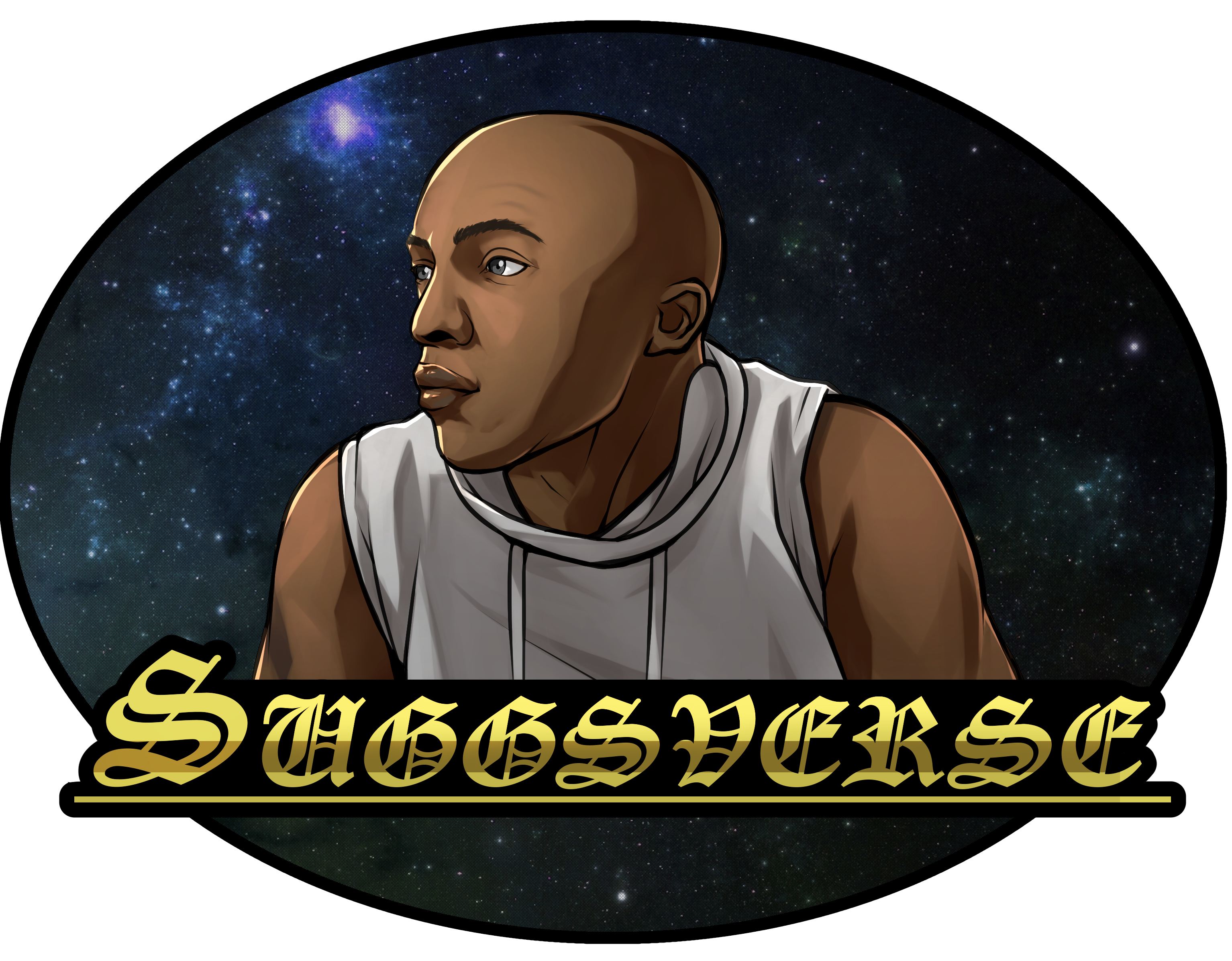Spatial-Temporal Reality
Spatial-temporal dimensions are fundamental aspects of our understanding of the universe, encompassing the three dimensions of space (length, width, and height) and the dimension of time. Spatial-temporal dimensions provide the framework for describing the position, motion, and evolution of objects and events, and their intricate interplay forms the basis for our understanding of the nature of reality. This four-dimensional framework is often referred to as spacetime, and it serves as the stage upon which events unfold in the cosmos.
- Spatial Dimensions:
- Length, Width, and Height: These are the three spatial dimensions. They provide the coordinates necessary to locate objects in space. Any point in the universe can be uniquely identified by specifying values along these three axes.
- Temporal Dimension:
- Time: Unlike spatial dimensions, time is a dimension that accounts for the sequence of events. It adds the element of when to the where of spatial dimensions. Events unfold and evolve over time, and the temporal dimension helps us order and measure these changes.
- Spacetime:
- Unified Framework: The concept of spacetime emerged from the theory of relativity. It treats space and time as interwoven components, forming a unified four-dimensional continuum. This framework accounts for how events and objects move and interact in both space and time.
- Space-time is existence itself, separating different realities and timelines. It is the connection of alternate realities, even metaphysical realms.
- Significance:
- Relativity: The theory of relativity fundamentally changed our understanding of the universe by demonstrating that space and time are not independent entities but are interconnected. Gravity, for example, is described not as a force acting at a distance but as the warping of spacetime caused by mass and energy.
- Understanding Motion and Change: Spatial-temporal dimensions are crucial for understanding the motion and evolution of objects in the universe. They allow us to describe not only where an object is but also when it is there and how it is moving.
- Cosmology: Spatial-temporal dimensions play a pivotal role in cosmology, the study of the large-scale structure and evolution of the universe. The expansion of the universe, the formation of galaxies, and the evolution of cosmic structures are all phenomena that can be comprehensively explained within the framework of spacetime.
- String Theory:
- String theory is a theoretical framework that attempts to reconcile quantum mechanics and general relativity. In string theory, particles are not point-like but are instead tiny, one-dimensional "strings" that vibrate at different frequencies.
- To make the mathematics of string theory work, the theory requires extra spatial dimensions—often six or seven additional spatial dimensions beyond the familiar three.
- M-Theory:
- M-theory is an extension of string theory that posits the existence of multiple, interconnected string theories. It suggests that the different versions of string theory are manifestations of a single underlying theory.
- M-theory is often described as existing in 11 dimensions, with the extra dimensions beyond the familiar four being spatial.
- Brane Worlds:
- This cosmological model proposes the existence of additional spatial dimensions that are not perceivable on small scales but may have effects on a larger cosmological scale. These dimensions might be "curled up" or compactified at distances smaller than we can currently observe.
Quantum Foam is the fundamental building block of space-time.
At a scale even more minuscule than that of quantum strings, the phenomenon known as quantum foam transcends the constraints inherent to quantum strings, presenting an intriguing frontier in the exploration of the fundamental nature of reality. Unlike quantum strings, the quantum foam is considered a realm of potentiality that operates at a level so elemental that it evades the limitations typically associated with more observable aspects of quantum physics.
Interpreted predominantly as the elemental building blocks of reality, the quantum foam serves as the foundational matrix from which the laws of existence emerge. It functions at the utmost granularity, essentially constituting the bedrock of the cosmos down to its tiniest constituent unit. Within this infinitesimally small realm, the quantum foam exhibits a remarkable capacity to initiate the creation of entire universes and to give rise to fundamental forces, all stemming from a profound unity of substance.
In essence, the quantum foam possesses an extraordinary creative potential, capable of rearranging the very fabric of existence in ways that extend beyond the limitations encountered at larger scales. Its influence extends to the manipulation and reconfiguration of virtually anything, offering a tantalizing glimpse into the malleability of the cosmic tapestry at its most fundamental level.
The inherent versatility of the quantum foam is further emphasized by its ability to confer properties upon a diverse array of entities. This property-bestowing capability allows for the emergence of a rich diversity of elements within the cosmic tableau, from the fundamental building blocks of matter to the intricate forces that govern their interactions.
The quantum foam emerges as a profound and foundational aspect of the cosmic architecture, operating at a scale that precedes the familiar constraints encountered by quantum strings. Its role as the elemental substrate of reality positions it as a potent force in the genesis and manipulation of universes, forces, and the very essence of existence itself. The exploration of the quantum foam offers a captivating journey into the deepest recesses of the cosmos, where the potential for creation and transformation knows virtually no bounds.
(Qualitatively encompassing all of the aforementioned on this page) In Suggverse, there is an absolute infinite multiplicity of spatial-temporal dimensions spiraling upwards ad infinitium with each one being greater than the former, and each higher one being a boundless theoretical impossibility to the lower one.
- This applies to every space-time continuum of every reality, whether it be a higher dimension, a parallel universe, a dream world, etc -- even locations/history where space-time may not even exist.
